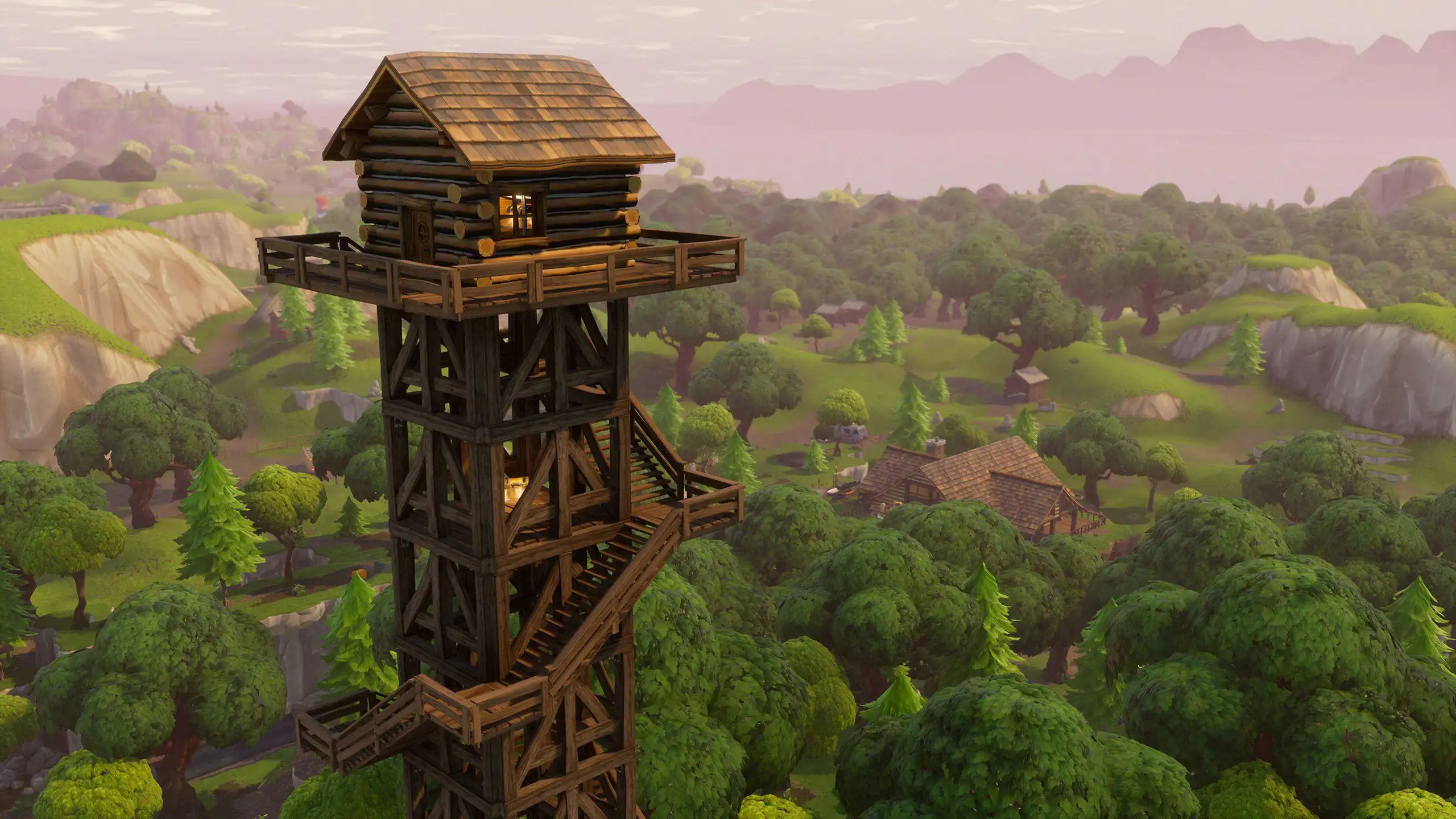There's a certain aspect of Fortnite that's been missed by many players - Interactive 3D lobbies. Interactive 3D lobbies, with their unique designs and intricate details, provided a kind of immersion that was distinct from the usual gameplay. Today, we will delve into the allure of this forgotten feature.
These lobbies were special in that they allowed players to view their character models from a 360-degree perspective, enabling users to see the entirety of their outfits and the skins they paid for. Not only did this add a personal touch to each player’s account, but it also helped gamers to appreciate the finer details of the game's design.
The presence of these lobbies added a dynamic element to what would otherwise been a static and uneventful waiting period before a match. They acted as environments where players could practice their controls, and test out new avatars, tools, and look at newly purchased or earned items. Hence, the lobby was more than just a waiting room - it was an interactive playground of its own.

A New Level of Personalization
With the advent of 3D lobbies came opportunities for personalization. Gamers looked forward to showcasing their characters, replete with every accessory and skin attached, in an incredibly detailed 3D view. It was a dimension of Fortnite that bound physicality virtually and made characters feel more alive and tangible.
Players often reveled in the ability to make their Fortnite persona interact with various elements in the lobby. By allowing users to customize these 3D lobby spaces, Epic Games opened up a new avenue for creativity within the Fortnite world. This interactive element diversified user experience, giving each gamer an improved sense of autonomy and individualism.
Gratification was derived from purchasing new skins, doing things in a specific way, and seeing these changes visually. This was not just an avatar modification process but a step towards the augmentation of a player's in-game identity.
Pre-Battle Practice and Showcase
Interactive 3D lobbies used to serve their purpose as a platform for pre-battle practice and display. With players often having to wait a little bit before entering a match, these lobbies became mini arenas where they could roam around, experiment with movements, and examine their skins carefully.
These 3D interactive lobby also became a perfect environment to show off all the flashy skins and accessories they owned. It became the stage where they prepared for the upcoming battle, flaolated their successes and, remarkably, bonded with their teammates.
The said lobbies provided a unique kind of satisfaction to users. There was thrill in the exploration, often leading to the discovery of some hidden feature or a cool perspective that one had not noticed before. The 3D lobbies gave players something to do and explore while waiting for the fight to begin.
The Depth and Detail
Detail immersion was at the core of the 3D lobbies' appeal. It presented a level of depth that enabled the players to engage with their Fortnite personas on a more intimate, personal level. This being said, players felt a closeness to the Fortnite universe which transcended ordinary gameplay.
Indeed, Fortnite's Visual Design Team had meticulously developed and designed each interactive 3D lobby space. These designs augmented a user's sensory experience, adding elements of realism and immersion that engrossed players fully into Fortnite's virtual environment.
Players were able to see every intricate detail of their skin and notice their weaponry like never before. Furthermore, the lobbies served as memento showcases. With every new accessory, outfit, or weapon a player earned, they had a dedicated space to view and appreciate them.
The interactive 3D lobbies triggered intrigue and curiosity that increased a player's emotional investment in the game. They were the bridge that connected the cosmic scale of Fortnite's battlegrounds to the personalized character of each player.